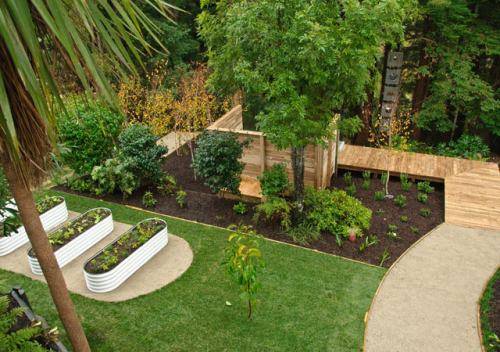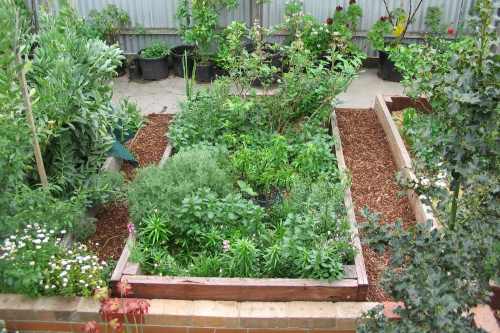Ten tips to get the best from your raised garden bed – Part 1
Adding a raised garden bed in your backyard not only allows you to use small garden space effectively, it also lets you have a great growing medium for flowering plants and vegetables. In fact, raised bed gardening is perfect for those looking for bounty harvest of flowers and veggies without spending too much. It also saves water and seeds and is less work compared to a traditional garden.
However, if you want your raised garden bed to be productive, there are a few pointers you need to keep in mind, regardless of whether you are using wood or steel to create the bed.
1. Location of the garden bed
This is one of the most important factors while planning an elevated garden bed. You want a location that is away from trees and shrubs, so that their roots don’t interfere with your bed and also do not obstruct the sunlight. The location should get around 6 to 8 hours of sunshine per day.
Try to select a place that is close to your house, so that it is convenient to access the bed. Don’t pay too much attention to the soil in the location, as it is best to use a soil mix of blended compost, vermiculite and peat moss as the perfect growing medium.
2. Soil depth
When you are packing the elevated bed with compost or nutrient-rich soil blend, you should be looking to reach a minimum depth of 6 inches. This is the minimum depth that most vegetable and fruit plants require. However, if you intend growing root vegetables and tubers, the minimum soil depth should not be less than 10 to 12 inches.
3. Spacing your plants
It is easy to crowd your raised garden bed to accommodate as many plants as possible. However, this is a recipe for disaster. The right spacing between plants is very important in this type of gardening, as the growing space is limited and compact. Your garden bed should not wider than 4 feet, so that you can reach it from any side of the bed and do not strain yourself while harvesting fruits or vegetables, or cutting flowers. You should be looking at one square foot per plant, and if necessary, thin the seedlings, so that each plant has ample space to grow without getting crowded.
4. Watering your plants
One of the main issues with a raised garden bed is deciding how much to water the plants. Typically, plants will require more watering compared to plants grown in traditional gardens. As the plants don’t have the luxury of drawing moisture from the soil, you should ensure you keep the soil moist. This will depend on which part of New Zealand you are living in and how much sunlight your raised garden bed receives. You should be looking to water the plants once a day if the weather is warm. However, if the weather is not hot, you can water the plants every other day.
The best way to water plants in elevated garden beds is using drip irrigation. If you use the right soil mix, it will absorb the necessary water and the excess will be expelled.
5. Weed barrier
In case you intend planting the plants directly over grass or soil, you will have a weed problem. Thankfully, you can overcome this issue without using chemicals. Place the weed barrier (you can get it from nurseries) under the garden bed and if it is longer than the bed, the extra portion can function as an aisle between the beds.
Check back next week for the next five tips to get the best from your raised garden bed.





